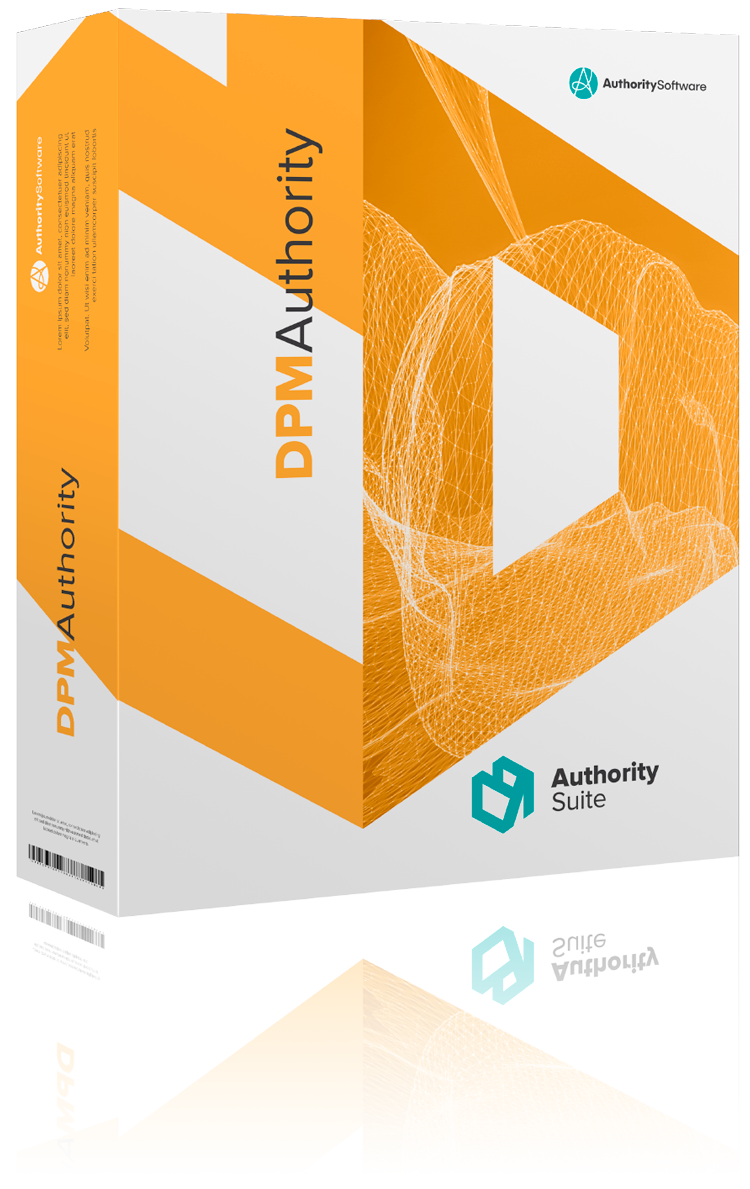European Banking Authority Pillar III Disclosures
The European Banking Authority (EBA) has introduced new disclosure requirements for banks regarding their environmental, social, and governance (ESG) risks and strategies. These requirements aim to provide stakeholders with a comprehensive understanding of banks’ exposure to climate change, their efforts to mitigate these risks and align their operations with sustainable development goals.
The EBA’s new disclosure requirements cover three main areas:
- Climate Risks: Banks are mandated to disclose how climate change may exacerbate other risks within their balance sheets. This includes identifying potential risks associated with stranded carbon-intensive assets, loans to property in areas susceptible to climate-related events, and credit risk exposure to industries highly vulnerable to climate change impacts.
- Mitigating Actions: Banks are required to outline the mitigating actions they have in place to address climate-related risks. This includes disclosing policies and procedures aimed at reducing carbon emissions, investing in renewable energy projects, and supporting sustainable practices across their lending portfolios.
- Green Asset Ratio and Banking Book Taxonomy Alignment Ratio: These ratios provide insights into banks’ commitment to financing activities aligned with the Paris Agreement’s objectives of climate change mitigation and adaptation. The Green Asset Ratio measures the proportion of a bank’s assets classified as green under the EU taxonomy, while the Banking Book Taxonomy Alignment Ratio indicates the extent to which a bank’s financing activities align with the taxonomy’s criteria.
In addition to these quantitative measures, the EBA also requires banks to provide a detailed description of their ESG strategies, governance frameworks, and risk management arrangements related to ESG risks. This comprehensive disclosure framework aims to provide stakeholders with a holistic understanding of banks’ approach to ESG considerations across their operations.

Get Started with DPM Authority.
Create XBRL reports that comply with regulators’ reporting standards.
Generate Excel versions of the templates with built-in automatic calculations, ready to link to your data sources for automated data collection.
Integrate directly with data from your source systems, such as relational databases, Oracle HFM & Essbase and OneStream.
Validate and resolve data issues using interactive validation messages designed to take you right to the cause of any data quality issues.
Easily migrate data mappings and Excel workings from one taxonomy to another.
- ESMA ESEF
- UK HMRC
- Irish Revenue
- Danish Business Authority
- and many others
- EBA CRD IV (COREP & FINREP)
- EIOPA Solvency II
- Single Resolution Board
- National Banking and Insurance
XBRL Reporting




